What You Need to Know about Wire Routing
Posted by Pacer on 19th Oct 2020

What is wire routing?
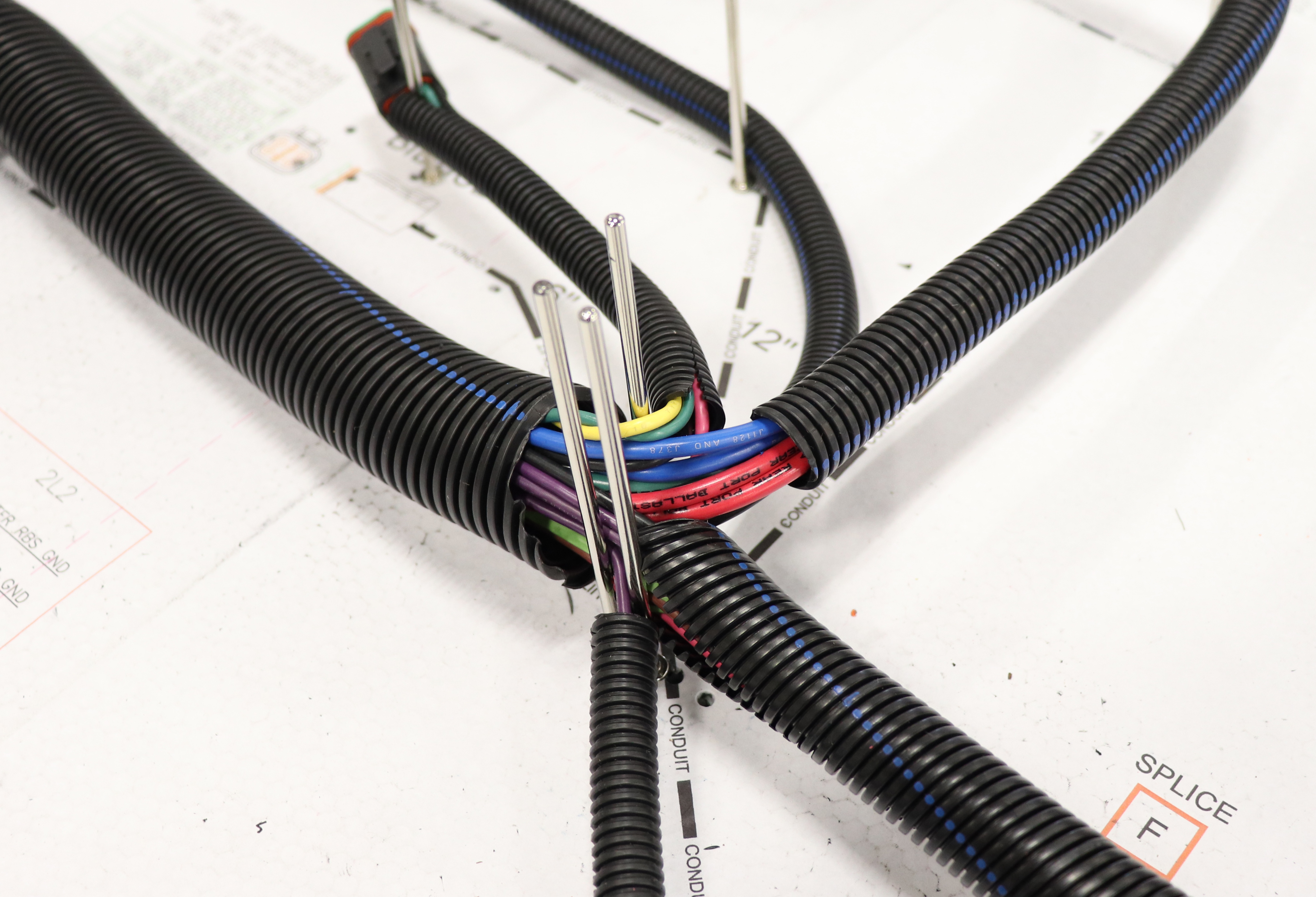
Wire routing is the process of passing a wire, series of wires, or bundles of wires through an environment to reach the desired area of connection. So, when you pass wires through a boat hull, that is wire routing. When you run wires across a wall, ceiling, or another surface, that is wire routing. The thing about wire routing is that it becomes exponentially easier when you use the proper equipment and materials. Just running wires across a floor or under a table will not cut it. Let us take a look at why utilizing wire routing materials is so important.
What makes wire routing important and how is it beneficial?
In order to protect your wires, and in turn, your electrical system, you need to give those wires careful consideration as to their placement and how they will be run. Even in a boat hull, wires need protection. People tend to forget that the marine environment is subject to constant vibration and motion. Over time, this can lead to damage in your wire’s insulation, and eventually, their conductors. Wire routing materials at their most basic offer a level of protection from impact and abrasion. More than that, depending on the style you choose, they can offer protection from cutting, friction, gasoline, heat, salt, and even UV radiation. Think about that for a second. Using wire routing materials is the equivalent to adding armor to your wires or harnesses.

Impact

Abrasion

Cutting

Friction

Gasoline

Heat

Salt

UV Radiation
Another great thing about using these types of materials is the fact that they actually enhance the visual quality of the wires. Think about how clean, organized, and presentable a wire harness looks when it has been enclosed with slit conduit. This can help to beautify an engine room, engine bay, or just about any other area. Speaking of that, let us talk about where you would want to use wire routing materials.
Where would you use it?
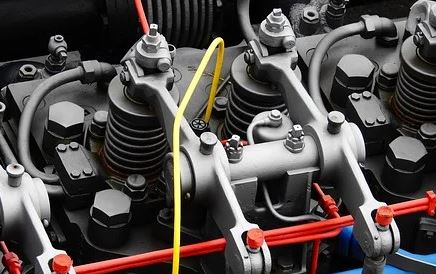
You can use wire routing materials in just about any environment. The level of protection they offer cannot be dismissed and can only serve to increase the longevity of your electrical system. They are ideal for use in harsh environments such as the marine environment or in industrial settings where an added layer of protection is required. Like I said above, wire routing materials are essentially armor for your wires. I think a better question here is why would you not use them?
Are they useful in hazardous environments?
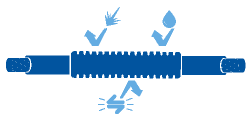
Wire routing materials are extremely useful in hazardous environments for all the reasons we stated above. By utilizing wire routing materials, you make sure that your equipment stays fully functional and well protected. In areas where heat or exposure are concerns, wire routing materials are the top choice.
What types of wire routing products are available?
There are four main types of wire routing materials that are available. Each one offers benefits in given environments and will excel over the others in specific applications. This is why it is so important to know where and how you intend to run your wires. The main types of wire routing materials include slit conduit, spiral wrap, wrappable braided tubing, and expandable sleeving. Below we will take a more in-depth look at each one of the types and what advantages they offer.
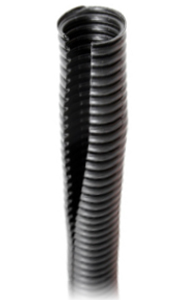
Slit Conduit
Slit conduit is a great choice as a general-purpose wire and
cable protector. It provides protection from impact and abrasion while reducing
wire insulation damage. Some of the main advantages of slit conduit are its
economical pricing and its ease of installation. It is used by simply working
the slit conduit around the wires. It binds wire runs somewhat tightly
offering the high level of protection that we discussed above. This makes it
perfect for use on wire harnesses. Do not forget, slit conduit also creates a
quality, professional appearance in wiring runs and bundles.
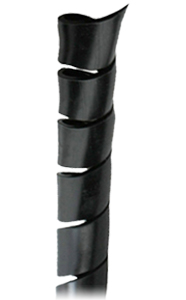
Spiral wrap
Spiral wrap is the ideal choice when you are dealing with
hydraulic or pneumatic tubing. Why is it ideal? Spiral wrap is made to prevent
kinking. So, when you deal with materials such as tubing, that type of
prevention is critical. Now, to be clear, spiral wrap is perfectly suited for
use with wire and cable as it offers protection from abrasion and impact. To
use it, simply wrap the tubes, wires, or cables that you intended to protect.
Yes, it really is that easy. When you wrap your materials, use either tight or
loose loops depending on whether you want rigidity or flexibility in your runs.
Yes, it really is that easy.
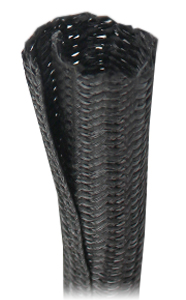
Wrappable braided tubing
Wrappable braided tubing is the best choice when your focus is
on ease of installation. Rather than needing to select the proper diameter,
this material is a one size fits all. All you need to do is roll out the tubing
over the wires or cables you intend to protect and wrap the tubing around
itself. This eliminates the need for additional fasteners such as cable ties.
One aspect that makes wrappable braided tubing a solid choice is its level of
flexibility. It is more flexible than slit
conduit, spiral wrap, or expandable sleeving.
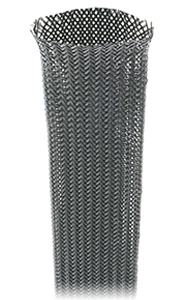
Expandable sleeving
Expandable sleeving is a great choice for use with electronic
and high-tech applications. It is flame-retardant
and durable in harsh conditions. It is the ideal choice when the spreading of
flame is a primary concern. To use it, all you need to do is push the ends of
the sleeving towards each other. This action will cause the diameter of the
sleeving to expand. With it expanded, you simply slide it over the wires that
you intend to protect. Once you have it in place, just pull the ends apart,
reducing the diameter, and creating a snug fit.
How do you choose the correct type of wire routing product?

Choosing the correct type of wire routing material really depends on three factors; the environment where it will live, the level of protection needed, and the degree of flexibility your job requires. By reviewing the section above, you should get a good idea of which type is best suited for you. As always, if you have any questions about these or any of our products, contact a Pacer expert today.
